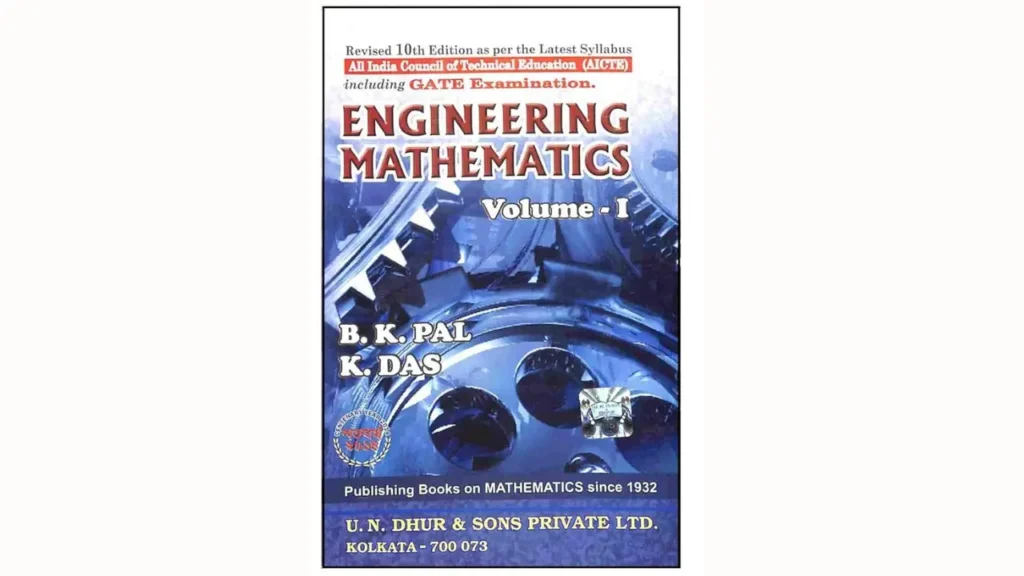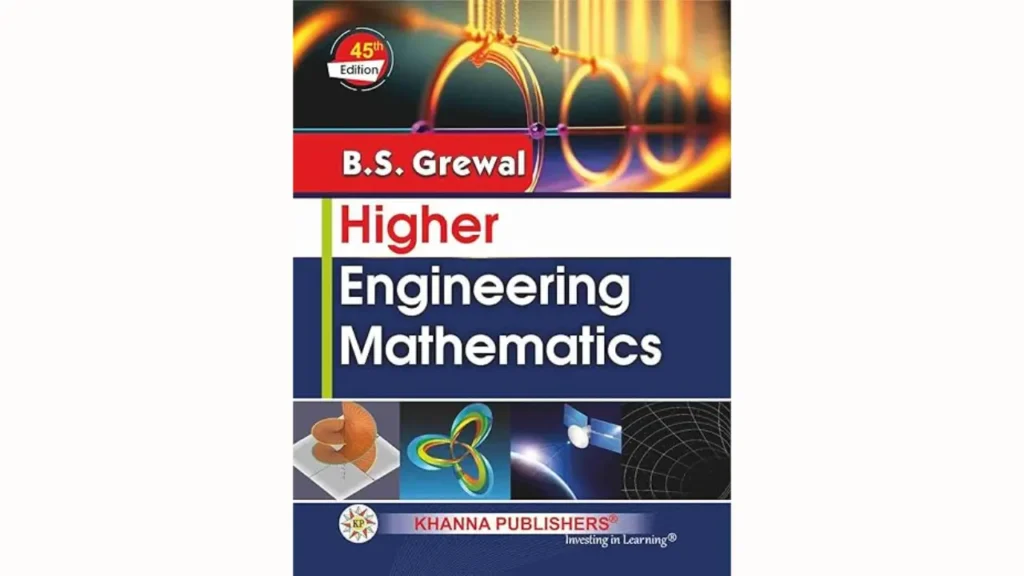On this page, you can find syllabus, best books on Engineering Mathematics I, and practice problems. Study material on Engineering Mathematics 1 is also given here.
Study Materials: nth Derivative
Indeterminate Forms and L’Hospital Rule
Questions and Answers:
Q1: $\lim \limits_{x \to 0} [x] \quad$ [Solution]
Q2: $\lim \limits_{x \to \frac{3}{2}} [x] \quad$ [Solution]
Q3: Find $\lim \limits_{x \to 0} \dfrac{|x|}{x}$, if it exists.
Q4: $\lim \limits_{x \to 0} \dfrac{\sqrt{1+x}-1}{x}\quad$ [Solution]
Q5: Find the following limit: $\lim \limits_{x \to 0} x \sin \left(\dfrac{1}{x} \right)$ [Solution]
Q6: Find the value of k for which the function f(x) = $\begin{cases} \dfrac{1-\cos 4x}{8x^2} \,\, \text{ if } x \neq 0 \\ k \quad \quad \quad \quad \text{ if } x=0 \end{cases}$ is continuous at x=0. [Solution]
Q7: Find the relation between $a$ and $b$ if f(x) = $\begin{cases} \dfrac{\sin((a-1)x)+xe^x}{x} \,\, \text{ if } x \neq 0 \\ b \quad \quad \quad \quad \quad \quad \quad \quad \,\,\, \text{ if } x=0 \end{cases}$ is continuous at x=0.
Q8: Find the value of k for which the function f(x) = $\begin{cases} \dfrac{\tan 7x}{2x} \,\, \text{ if } x \neq 0 \\ k \quad \quad \quad \text{ if } x=0 \end{cases}$ is continuous at x=0. [Solution]
Q9: Define the function f(x) = $\begin{cases} x^2 \cos \left(\dfrac{1}{x} \right) \, \text{ if } x \neq 0 \\ 0 \quad \quad \quad \quad \,\, \text{ if } x=0 \end{cases}$. Find $f'(0)$. [Solution]
Q10: Find the nth derivatives for the functions $x^n, \dfrac{1}{x}, \ln x, \sin x$.
Q11: State Rolle’s theorem. Verify Rolle’s theorem for the functions below:
- f(x) = x2+2 on [-2, 2]
- f(x) = sinx on [-π, π]
- f(x) = tanx on [-π, π]
- f(x) = |x| on [-1, 1]
Q12: State Lagrange mean value theorem. Verify it for the function f(x) = x2+2x+3 on [4, 6].
Recommended Books
Some Study Material:
Disclaimer: If you complete a purchase through the links given on this page, I may earn a commission as an Amazon affiliate partner at no cost to you. This helps me to run the website.
This article is written by Dr. Tathagata Mandal, Ph.D in Mathematics from IISER Pune (Algebraic Number Theory), Postdocs at IIT Kanpur & ISI Kolkata. Currently, working as an Assistant Prof. at Adamas University. Thank you for visiting the website.



